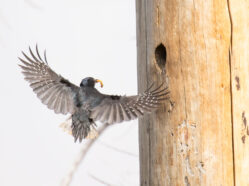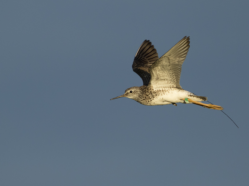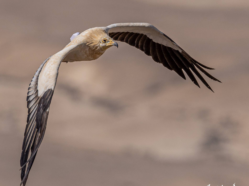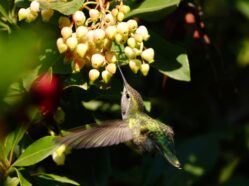Automated Bird Surveys? How to make ARUs and AI work for you
by Jerry Cole Linked paper: Automated bird sound classifications of long-duration recordings produce occupancy model outputs similar to manually annotated data by Jerry S. Cole, Nicole L. Michel, Shane A. Emerson, and Rodney B. Siegel. Ornithological Applications. New technology is exciting! It’s always fun to brainstorm ways you can use the latest and greatest thing …








